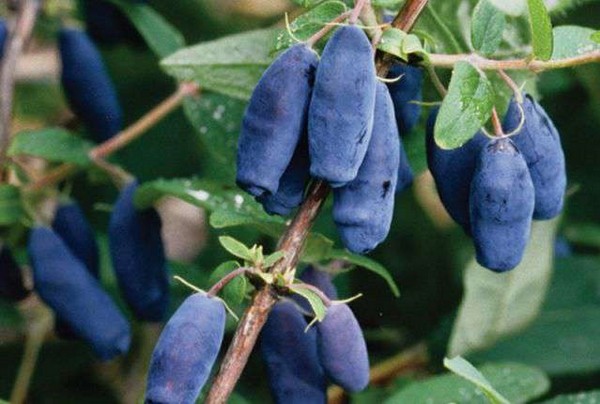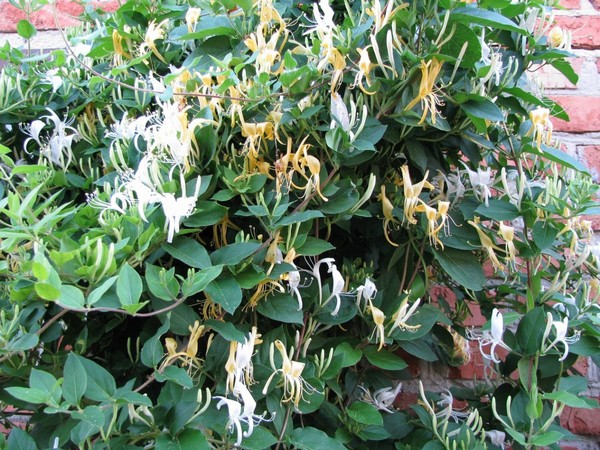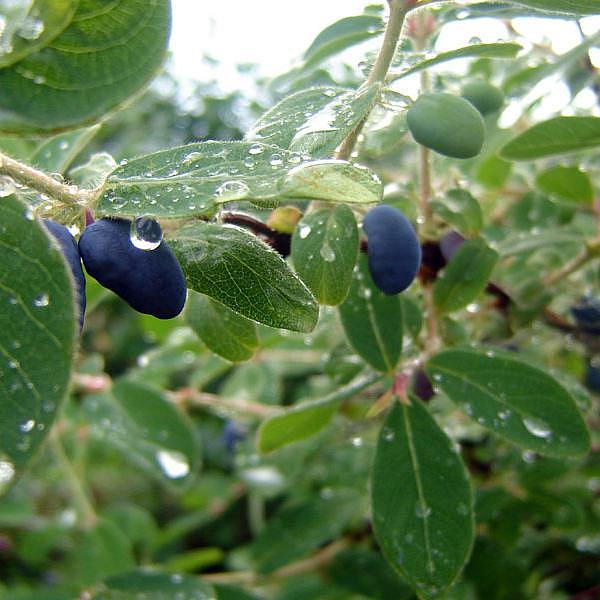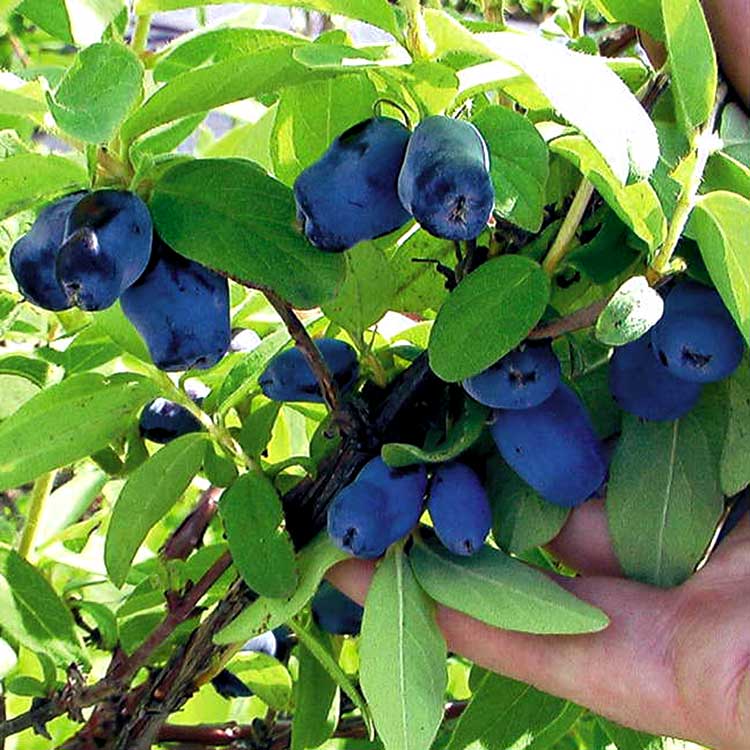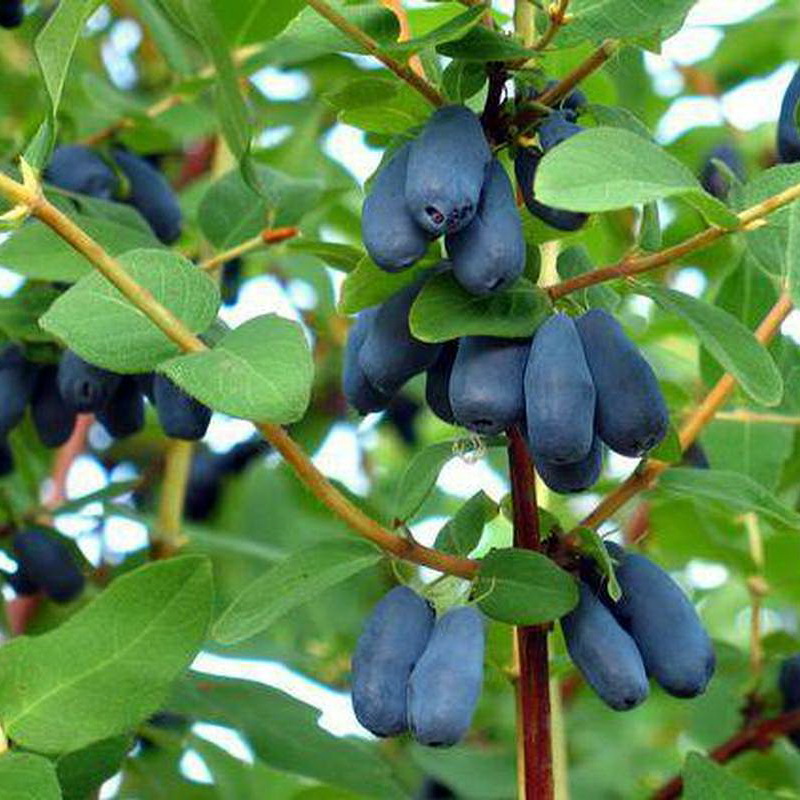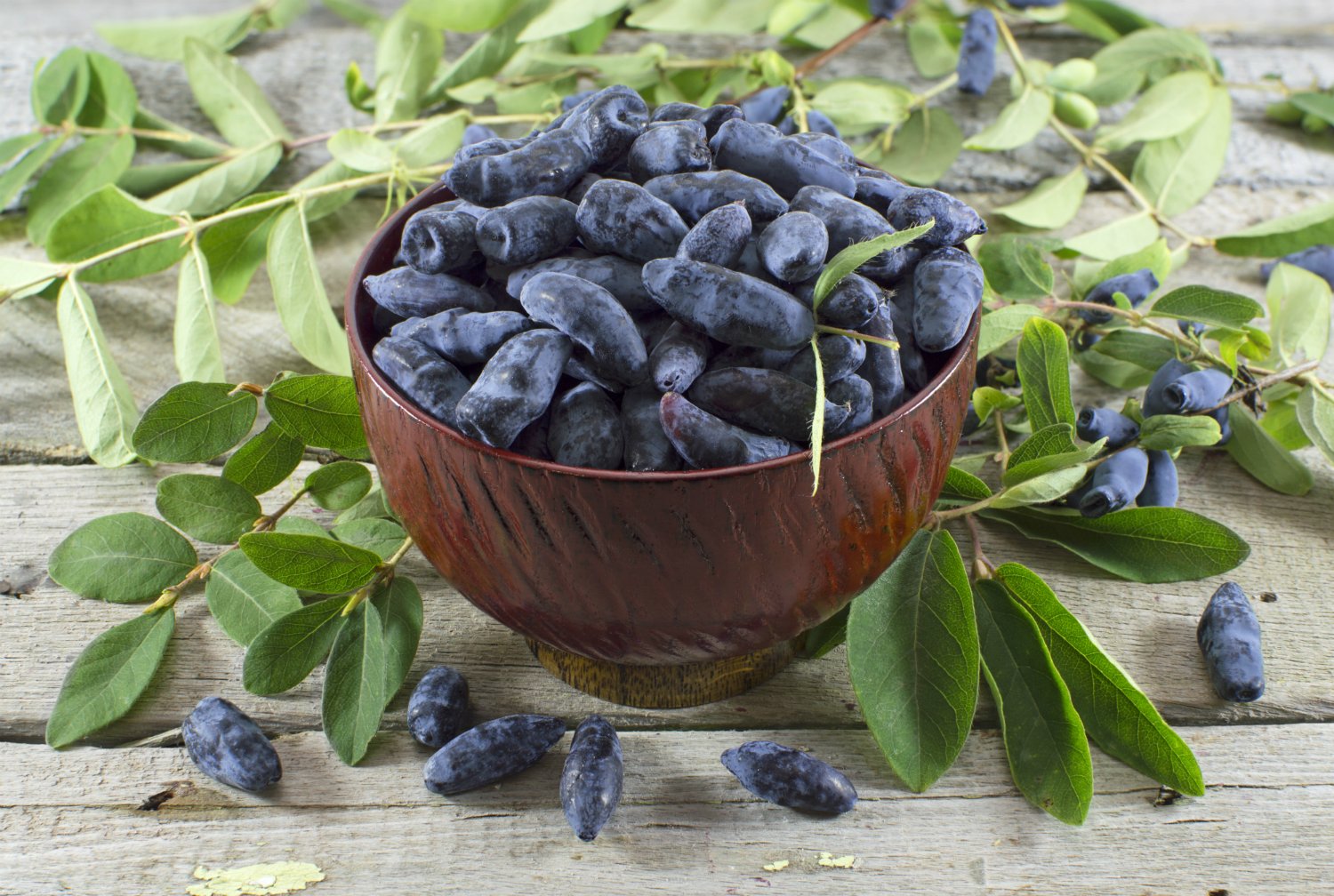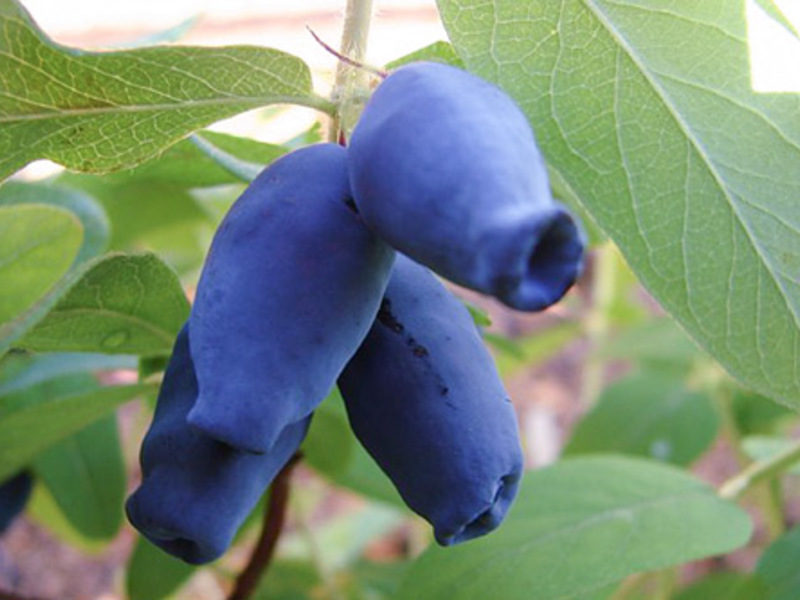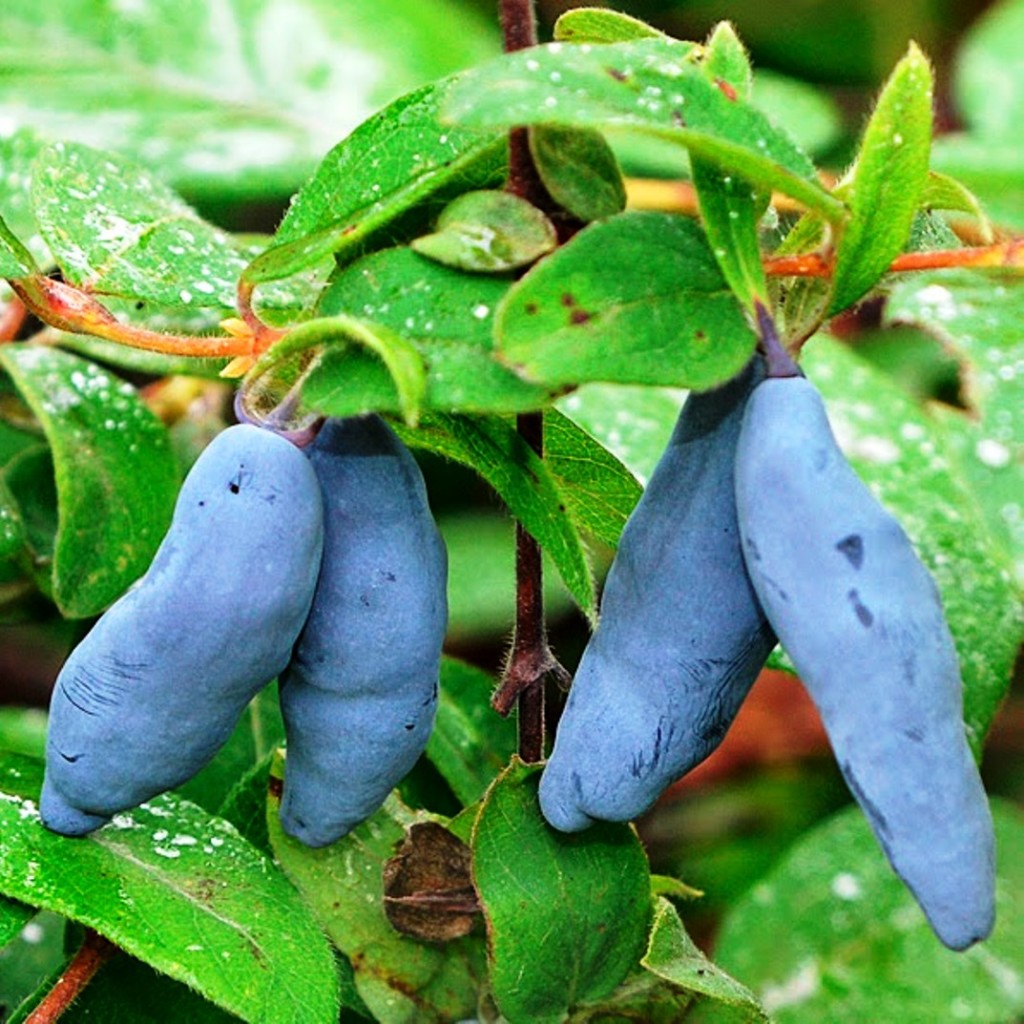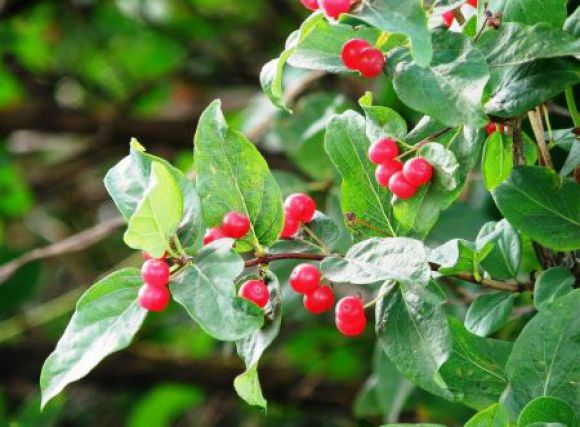This berry ripens in the garden earlier than others - already in mid-June you can enjoy the exquisite taste of Lazurnaya honeysuckle. Excellent taste, suitability for making jams, compotes or jams, high resistance to adverse weather conditions and diseases make this variety attractive for cultivation.
History of creation
This variety was bred in Siberia. According to the ripening period, Azure honeysuckle belongs to mid-season plants. The first sowing of seeds was done in the sixties of the twentieth century. The creators of the variety are Zholobova Z.P., Kalinina I.P., as well as Archer Z.I. Although the first sowing was made in 1965, the variety was accepted into the State test in 1989. However, despite this, the variety was not included in the Register of Breeding Achievements of the Russian Federation.
In Siberia, wild honeysuckle has long been feasted on. In the Barnaul NIISS, breeding works were carried out, carrying out the pollination of Kamchatka honeysuckle, and one of the results was the creation of a new variety - the Radiant honeysuckle was obtained.
Characteristics and features
The height of the bushes usually reaches about 1.7 meters. The spreading of the shrub is characterized as medium. The shape of the crown is inverse-conical - it gradually expands towards the top.
The berries have a pleasant, sweet taste with a slight tinge of acidity. However, a subtle blueberry aroma may be felt. Their flesh is tender. The berries are good for fresh consumption. The shape is oval, while elongated. The tip is slightly extended. The peduncle is long and thin. The mass of one berry ranges from 0.9 to 1.4 grams. The color is, as indicated in the name of the variety - azure or purple. At the same time, on the berries you can sometimes see spots of a light bloom of a waxy shade.
The taste was evaluated by professional tasters. On a five-point scale, it was approximately 4.7-4.8 points.
The leaves can be classified as elongated-oval. They have a pleasant light green color. During the period of intensive growth and in bright sunlight, the leaves may acquire a slight reddish tint.
Honeysuckle variety Lazurnaya can be used as a folk remedy for certain health conditions:
- Berries will support the body well during exhaustion;
- If poor heart function has led to the formation of edema, then in this case it will be useful to eat the berries of Azure honeysuckle;
- This remedy can help with decreased appetite;
- Honeysuckle is considered one of the remedies that will help avoid premature old age;
- If there are tumors (benign or malignant), this remedy will help make life somewhat easier;
- Helps with hypertension and in case of hypertension;
- In the event that a person has poor blood circulation, the use of berries will help improve it;
- Honeysuckle heals if a person has a sore throat, colds, various diseases of the upper respiratory tract;
- Berries are good for those suffering from liver or kidney disease.
In some cases, the use of honeysuckle berries is not recommended.
They are not considered to be beneficial if:
- allergy;
- chronic gastritis, which is accompanied by high acidity;
- stomach ulcer.
The composition of the berries can be characterized as follows:
- Sugar is about 3.04%;
- Acids are contained here no more than 1.85%;
- Vitamin C is present here. Its content is 22.7 mg per 100 g or less;
- It also contains vitamin P in an amount of no more than 1010 mg per 100 g of berries.
This variety can be recommended for a variety of uses, including compotes, jellies, preserves, juices, or wines.
The harvest time for this variety is June. It is important to note that the shedding of berries is insignificant. The shrub bears fruit from the third or fourth year after planting. At the same time, you can enjoy the harvest of berries annually, throughout the remaining life of the shrub.
Yields vary throughout the life of a plant. When the bush is still young, it is not high - it ranges from 0.5 kg to 1.5 kg per bush. When the age reaches seven, the situation changes. Now the value of varietal yield from one bush is 2.3 kg. This figure corresponds to a harvest of seven tons per hectare. Once the honeysuckle reaches 14 years old, the yield will almost double. At this time, 13.3 tons of berries can usually be harvested from one hectare.
Important! The description of the variety Lazurnaya honeysuckle suggests that this shrub tolerates winter well, has good resistance to insect pests and diseases.
Growing features
The shrub grows well on loamy soils. He loves when the land is well watered and provided with sufficient fertilizer. Neutral or slightly acidic soil is best suited for growing, but weak or medium podzolic soil, as well as sandy loam soil, will also be a good option.
Soil characteristics are important for honeysuckle. If it is too acidic, it must be treated appropriately. Usually, ground limestone or dolomite flour is used for this. It is enough to use 50 g of powder for one hole.
It is not recommended to deepen the seedling too much when planting. This can lead to unpleasant consequences: from slowing growth to rotting roots. Saplings must maintain a certain minimum distance between themselves. They cannot be placed closer to each other one and a half or two meters.
When planting, the honeysuckle must be provided with fertilizers. After that, top dressing is done every spring. In this case, you can use both organic and mineral fertilizers. Humus or horse humus is suitable as the first. It will need from 8 to 10 kg per square meter. In the second case, the following mixture can be recommended for the same area: 50 g of potassium salt and 80 g of superphosphate.
It will also be a good decision to buy a ready-made complex feeding. In this case, it will be enough to use 20-30 g per square meter.
It should be borne in mind that nitrogen fertilizers can be used for care only in the period before the start of fruiting. In addition to the above, it is recommended to add wood ash to the soil. This is done in late autumn at the rate of 100 g per square meter. After that, it is recommended to dig up the ground so that the ash mixes well.
After feeding, the soil must be carefully dug up. This must be done to the depth of the shovel bayonet. Next, you need to prepare holes for each bush. It is believed that it is best to make those in which the depth will be 35-40 cm, the width and length will be 40-50 cm.
Before planting, two-thirds of the depth is filled with soil from the upper layer, which is mixed with the fertilizers necessary for the growth of honeysuckle. It is recommended to prepare the pits two to three weeks before planting the seedlings.
Honeysuckle loves good sunlight. It will be nice if the shrub is protected from the wind by a fence, a house wall or specially planted plants that will protect it from the cold wind. Planting corn is an example of the latter option.
The plant loves to be regularly watered. It is advisable to do it at least once or twice a week. At the same time, a situation where water stagnation occurs should be avoided. To prevent this from happening, you can make a drainage layer.
The root system of Azure Honeysuckle is located in the surface layer of the soil.In order to preserve moisture, mulching is usually carried out. For this, as a rule, organic materials are used.
The process of pollination of plants is important. It is believed that Azure Honeysuckle has a self-fertility rate of 27%. In order to ensure the possibility of cross-pollination, bushes of some other varieties are planted with it.
For this, the following pollinator options are used:
- Blue bird;
- Gerda;
- Cinderella;
- Long-fruited.
When the plant grows, the gardener needs to prune it. In this case, old, diseased or broken branches are removed. It is customary to perform this procedure annually. Additionally, pruning is done every 2-3 years: at the same time, branches that are more than five years old are removed.
Beginning in mid-July, honeysuckle gradually begins to prepare for the winter season. This can be seen, in particular, by how the leaves gradually begin to dry out. Although the plant is hardy, it can be helped to withstand severe frosts if the soil surface is covered with horse manure.
Advantages and disadvantages
This variety stands out for its delicate berry flavor. They are sweet with a slight sourness and a hint of blueberry flavor. Another advantage is that the ripe crop practically does not crumble. This is of great help in picking berries.
The disadvantages of this variety of honeysuckle include low yield compared to other species.
https://www.youtube.com/watch?v=XdMy5dM6ztI
